Mosquitoes are more than just summer nuisances—they’re among the most important disease vectors affecting humans and animals worldwide. Do you know how many kinds of mosquitoes there are? Different mosquito species vary in appearance, habits, distribution, and the diseases they transmit. This article provides a detailed introduction to the most common types of mosquitoes (and mosquito-like insects), their scientific names, features, and health risks, helping you better understand and prevent mosquito-related problems.

Asian Tiger Mosquito (Aedes albopictus)
Common House Mosquito (Culex pipiens)
Dengue Mosquito (Aedes aegypti)
Malaria Mosquito (Anopheles quadrimaculatus)
Dark Rice Field Mosquito (Psorophora columbiae)
Sand Flies (Subfamily Phlebotominae)
Crane Flies (Family Tipulidae)
Non-biting Midges (Family Chironomidae)
The Asian tiger mosquito is instantly recognized by its black body with striking white stripes running from the eyes along the thorax, abdomen, and legs. A single white stripe on its back sets it apart from other species. Originally native to Asia, it has now spread to the Americas, Africa, and Europe, mainly through international trade and the movement of dormant eggs that survive long periods without water.
Major Risks: This species transmits diseases such as chikungunya, dengue fever, West Nile virus, and yellow fever. Its bites can cause intense itching and may lead to secondary bacterial infections.

The common house mosquito is light brown with pale bands on the abdomen and is small to medium in size. It thrives in urban, rural, and suburban areas worldwide, though it originally came from Africa.
Major Risks: This species can transmit avian malaria, West Nile virus, Japanese encephalitis, Sindbis virus, St. Louis encephalitis, and filarial worms. It prefers stagnant water and is mainly active at night.

This small mosquito features white markings and two parallel white stripes with curved lines on its thorax. It is especially common in tropical and subtropical regions and is most active during the day.
Major Risks: Aedes aegypti is a primary vector for dengue fever, yellow fever, Zika virus, chikungunya, and Mayaro virus. It breeds in water containers, so eliminating standing water is key for prevention.
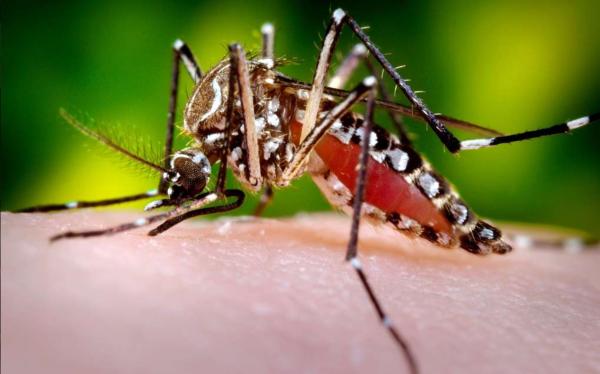
The main malaria vector in North America, this mosquito has four distinctive dark spots on its wings and rests at an angle to the surface. Its body is dark and covered with dense black hairs, and its palps are almost as long as its proboscis.
Major Risks: Spreads malaria. Eggs are not drought-resistant and hatch within 2–3 days after being laid.
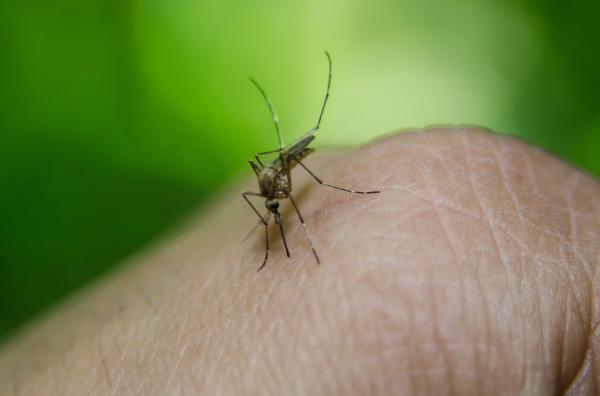
Found in North and South America, this species prefers temporary sunlit water bodies such as rice fields and pastures. It is medium-sized (4–5 mm), dark in color with some white patches, and has a pale band on the proboscis and golden segments at the end of the abdomen. Males have feather-like antennae.
Major Risks: Transmits dog heartworm, West Nile virus, Rift Valley fever, various equine encephalitis viruses, and can cause anemia and infection in livestock.
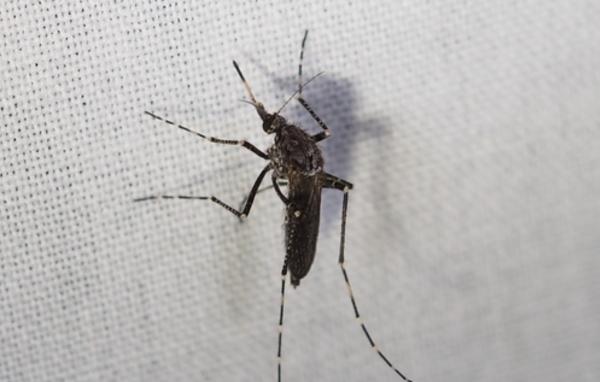
Sand flies are not true mosquitoes but are often mistaken for them. These tiny yellowish insects (1–3 mm) with black eyes belong to the subfamily Phlebotominae in the family Psychodidae. Only females bite and suck blood.
Major Risks: Transmit leishmaniasis and other parasitic diseases, especially in tropical and subtropical areas.
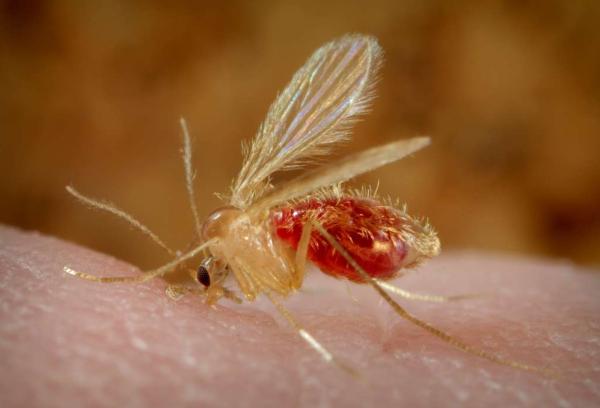
Crane flies, also called “giant mosquitoes” or “daddy longlegs,” are much larger than true mosquitoes, with long, fragile legs. They do not bite or suck blood as they lack a piercing proboscis. They feed on nectar and are harmless to humans but are commonly mistaken for oversized mosquitoes.
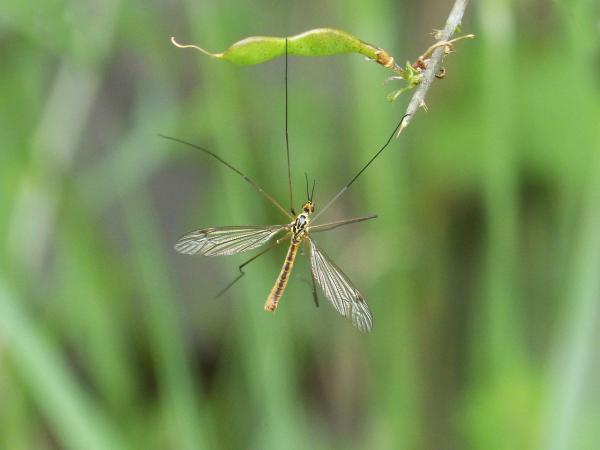
Although non-biting midges look similar to mosquitoes, they do not bite or feed on blood. Adult males have bushy antennae. They feed on nectar and honeydew and are harmless to both humans and animals.
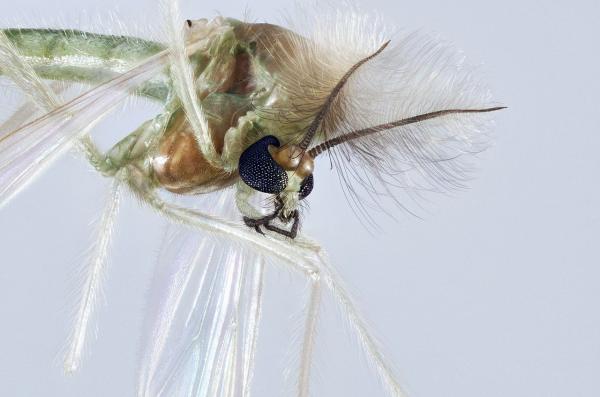
The mosquito world is diverse, including both true mosquitoes and several “mosquito-like” insects often mistaken for them. Each species poses different risks and plays unique roles in ecosystems. Effective mosquito control relies on understanding their habits and breeding sites—removing standing water, improving sanitation, and using repellents can greatly reduce their presence.
For more knowledge on mosquito biology, prevention, and the health risks they pose, keep following our site!
animal tags: Mosquitoes
We created this article in conjunction with AI technology, then made sure it was fact-checked and edited by a Animals Top editor.